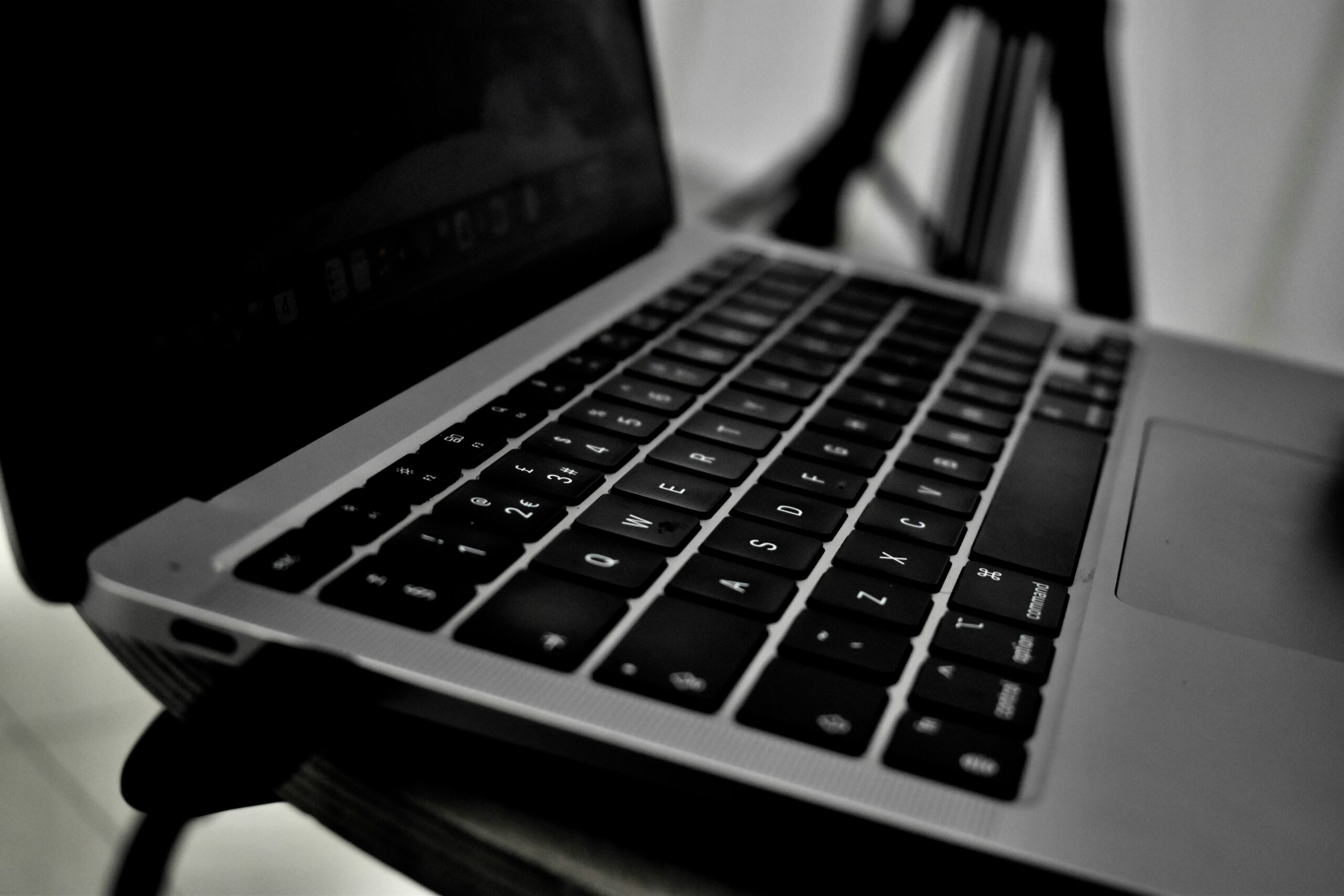
A Real-Life Tech Tale, Solutions, and Prevention Guide
📖 Real Story: A Black Screen Before the Big Day
It was a cool Thursday morning in Bangalore. Priya, a college student and part-time video editor, was wrapping up her final assignment for a film studies course. She had spent hours editing clips, matching soundtracks, and crafting a story she was proud of. Her deadline was just two hours away. Confidently, she opened her laptop and hit the power button.
Nothing.
The fan spun. The keyboard lights flickered. But the screen? Pitch black. No boot logo, no flicker—just a dark void. Her heartbeat raced. She tried pressing keys randomly. Unplugged and replugged the charger. Even shook the laptop (as if that ever works). Still, the laptop screen remained black.
Priya, like many of us, hadn’t backed up her work. Panic began to creep in. Fortunately, a helpful neighbor (and part-time techie) came to the rescue. After a few smart moves—hard reset, keyboard shortcuts, and an external monitor test—Priya’s laptop was back to life. Just in time for her submission.
This real-life drama is more common than we realize. So, let’s break it down: What should you do if your laptop screen is black?
🧐 What Causes a Black Laptop Screen?
Before jumping into fixes, understanding the possible causes is crucial. A black screen doesn’t always mean a dead laptop. Here are the likely culprits:
- 💻 Display Problems – Backlight failure, LCD damage, or loose internal cables.
- 🧠 Graphics Driver Glitches – Recent driver updates may conflict with your OS.
- 🔋 Power Issues – Drained battery, faulty charger, or residual power glitch.
- 🦠 Software Bugs or Malware – System corruption or malicious software causing screen rendering issues.
- 🔌 External Device Conflicts – Sometimes peripherals mess with display settings.
- 🔧 Motherboard or GPU Failure – The worst-case scenario.
🛠️ Step-by-Step Troubleshooting: “What Should I Do If My Laptop Screen Is Black?”
Now let’s walk through the best step-by-step solutions. Whether your laptop screen is black after startup, login, or suddenly while using it, follow this structured guide:
🔁 1. Hard Reset Your Laptop
Start with a simple fix. Sometimes, residual electricity causes boot issues.
Steps:
- Turn off your laptop.
- Unplug the charger.
- If the battery is removable, take it out.
- Hold down the power button for 30 seconds.
- Reinsert the battery, connect the charger, and turn it on.
Also Read , How to Clean Dust from a Desktop PC? (Without Breaking Anything!)
This clears temporary memory glitches.

🔌 2. Check External Connections
Make sure your laptop isn’t confused and sending output to another screen.
Do this:
- Press Windows + P.
- Hit the arrow keys to select “PC screen only” or “Duplicate”.
- Press Enter.
Still nothing? Connect your laptop to an external monitor or TV using HDMI or VGA. If the second screen works, your laptop’s screen is likely the issue.
💡 3. Shine a Light (Literally)
Here’s a neat trick: Take a flashlight or phone torch and shine it on the screen.
Can you see a faint image? That means the screen’s backlight has failed. It’s a hardware issue, but at least now you know where the problem lies.
⌨️ 4. Reset Graphics Driver (Blind Key Sequence)
Try this shortcut, even if the screen stays black:
- Press Windows + Ctrl + Shift + B.
If your screen flashes or beeps, your graphics driver was reset. This can resolve temporary display issues.
🧹 5. Boot into Safe Mode
Sometimes, Windows loads fine but doesn’t display properly due to drivers or corrupted files.
How to do it:
- Turn off your laptop.
- Turn it on and force shut down by holding the power button as soon as you see the manufacturer logo. Do this 2–3 times until Windows enters Recovery Mode.
- Go to:
- Advanced Options > Startup Settings > Restart
- Press F4 for Safe Mode.
Also Read , Why Is My Laptop Touchpad Not Working? (And How to Fix It!)
Once inside, uninstall any recent updates or graphics drivers and restart your laptop.
🧠 6. Try a BIOS/UEFI Reset
Sometimes your BIOS settings get corrupted. Resetting it can fix display issues.
To reset BIOS:
- Shut down the laptop.
- Press the power button + BIOS key (usually F2, F10, Del, or Esc).
- If you see the BIOS screen, it’s NOT a hardware failure.
- Look for “Restore Defaults” or “Load Setup Defaults.”
- Save and Exit.
🔍 7. Check for RAM or Internal Cable Issues
If you’re comfortable opening your laptop (and it’s out of warranty), do the following:
- Remove the RAM and reinsert it securely.
- Check display ribbon cables between the motherboard and screen.
- Look for signs of damage or loose parts.
Note: Only attempt this if you have experience or guidance.
🛑 When All Else Fails…
If none of the above works, the problem might be more serious:
- Burned-out motherboard
- Damaged screen
- Fried GPU
In this case, don’t take chances—visit a certified service center.

Also Read , How to Troubleshoot a Laptop Battery Not Charging: A Real-Life Guide
🔄 Common Scenarios & What to Do
Let’s explore specific “black screen” situations and how to respond:
💻 Scenario 1: “Laptop screen is black but fan is running”
This is often due to graphics driver issues or system corruption. Try booting into Safe Mode or resetting the BIOS.
🧏 Scenario 2: “Laptop screen is black but I hear startup sounds”
That’s a sign your OS is running—only the screen or backlight is the issue. Try external monitor or backlight test.
🌙 Scenario 3: “Screen goes black after login”
Likely a user profile or driver error. Boot into Safe Mode and create a new user account or uninstall recent updates.
⚡ Scenario 4: “Laptop screen turns black randomly while using”
Overheating or RAM issues. Clean your fans, run diagnostics, and monitor temperature.
✅ Prevention: How to Avoid the Black Screen Nightmare
- ✅ Update Drivers Regularly – Use manufacturer tools (Dell SupportAssist, Lenovo Vantage, etc.)
- ✅ Avoid Forced Shutdowns – Let Windows boot and shut down gracefully.
- ✅ Invest in a Cooling Pad – Keeps internal components from overheating.
- ✅ Run Disk Cleanups & Scans – Use tools like CCleaner or Windows Defender.
- ✅ Backup Your Data – Use cloud storage (Google Drive, OneDrive) or external HDDs.
🧠 Expert Tip: Keep an HDMI Cable Handy
This simple tool can help diagnose if your screen or motherboard is failing. Connect to any external screen for quick testing—no tools or repairs needed initially.
📋 Real User Quotes
“My screen went black after an update. Resetting the graphics driver fixed it instantly!” – Ramesh, Hyderabad
“Using an external monitor saved me when my laptop’s screen died the night before my thesis submission.” – Anika, Pune
💬 FAQs
Q: What should I do if my laptop screen is black and keyboard lights are off too?
A: This might be a power issue. Try a hard reset. If still dead, your motherboard or power circuit may have failed.
Q: Can I fix a black screen without opening the laptop?
A: Yes! Most software-related issues can be fixed with keyboard shortcuts, Safe Mode, or using an external display.
Q: Is a black screen a virus?
A: Rarely. But some malware can block the UI. Safe Mode + Antivirus scan should clarify.
Q: Can overheating cause a black screen?
A: Absolutely. Overheated components can cause thermal shutdowns. Keep vents clean and use cooling pads.
🎯 Conclusion: Stay Calm and Troubleshoot Smart
So, back to our main question: “What should I do if my laptop screen is black?”
Now you know—it’s not the end of the world. Whether it’s a minor driver hiccup or something more complex, you have the tools to troubleshoot and take action.
And like Priya learned that day in Bangalore: always back up your work—and never underestimate the power of a neighbor with tech skills.
Stay cool, stay backed up, and let your screen stay bright!
Also Read , How Do I Fix Wi-Fi Not Connecting on a Laptop? A Real-World Guide to Getting Back Online
image credit : unsplash.com


